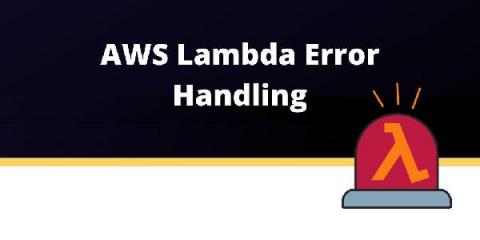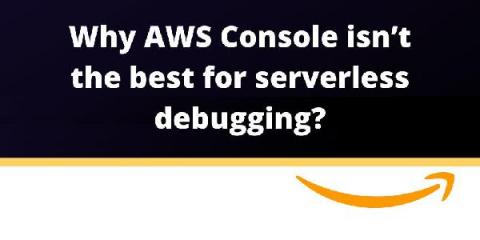AWS Lambda Error Handling
In this article, we’ll be discussing everything you need to know about the basics of AWS Lambda error handling and some popular methods using StepFunctions and X-Ray. Regardless if you’re an AWS Lambda expert or if you’re a new Lambda user, there’s always something new to learn.











